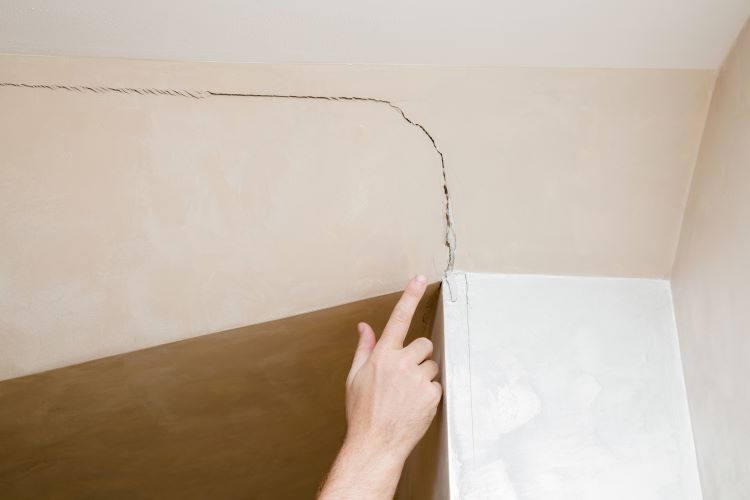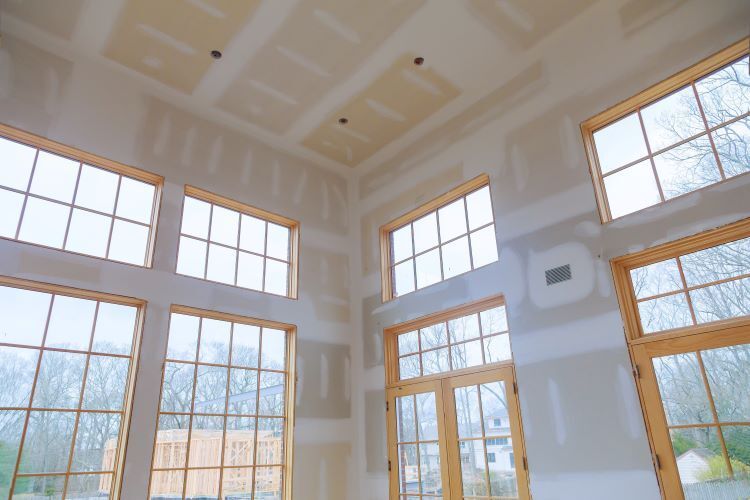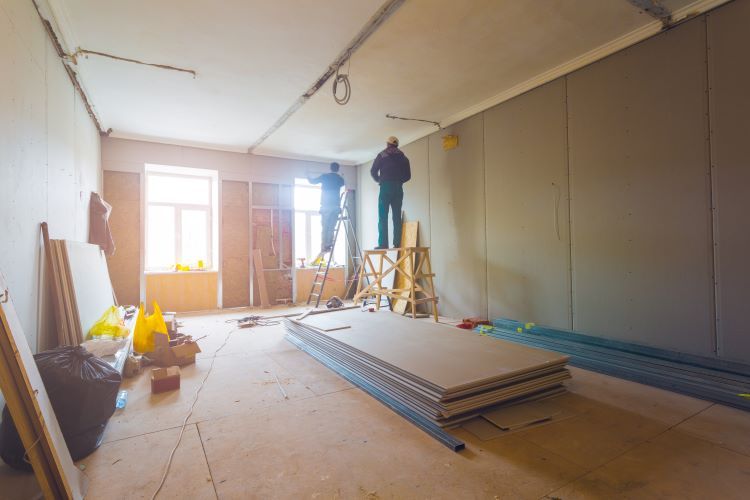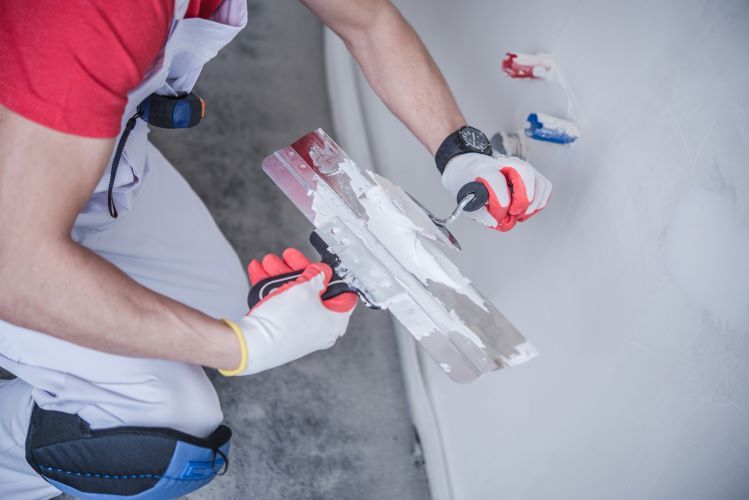Repair Your Drywall Now!

Drywall damage is a common issue in many homes and commercial spaces. While it might seem like a minor problem, delaying drywall repair can lead to more significant and costly issues over time. At St. John's Drywallers, we understand the importance of addressing drywall damage promptly. In this article, we'll explore the reasons why you shouldn't delay repairing drywall and how timely intervention can save you from bigger headaches down the road.
The Risks of Ignoring Drywall Damage
1. Structural Integrity
Drywall plays a critical role in maintaining the structural integrity of your walls. When drywall is damaged, whether by holes, cracks, or water, it can weaken the overall stability of the wall. Over time, this can lead to more extensive damage and even compromise the safety of the structure. Addressing drywall issues promptly helps preserve the strength and stability of your walls.
2. Spread of Damage
Small drywall issues, such as minor cracks or holes, can quickly escalate if left untreated. Cracks can expand, and holes can grow larger, leading to more extensive damage that requires more substantial repairs. By fixing small issues early, you can prevent them from becoming larger problems that are more difficult and expensive to repair.
3. Moisture and Mold
One of the most significant risks of delayed drywall repair is the potential for moisture infiltration. Damaged drywall is more susceptible to absorbing moisture, which can lead to mold and mildew growth. Mold not only damages your walls further but also poses serious health risks, including respiratory issues and allergies. Prompt drywall repair can help keep your home dry and mold-free.
4. Pest Infestations
Cracks and holes in drywall can serve as entry points for pests, such as insects and rodents. Once inside, these pests can cause additional damage to your home and create unsanitary conditions. Repairing drywall promptly helps seal off these entry points and keeps your home pest-free.
5. Energy Efficiency
Damaged drywall can impact the energy efficiency of your home. Holes and cracks allow air to escape, making it harder to maintain a consistent indoor temperature. This can lead to increased energy bills as your heating and cooling systems work harder to compensate for the loss. Timely drywall repair can help improve your home's insulation and reduce energy costs.
Benefits of Prompt Drywall Repair
1. Cost Savings
Addressing drywall damage early can save you money in the long run. Small repairs are generally less expensive and quicker to complete compared to larger, more extensive repairs. By taking care of issues as they arise, you can avoid the higher costs associated with major drywall damage.
2. Aesthetic Appeal
Damaged drywall can be an eyesore, detracting from the overall appearance of your home. Cracks, holes, and water stains are noticeable and can make your space look neglected. Prompt drywall repair helps maintain the aesthetic appeal of your home, keeping your walls looking smooth and well-maintained.
3. Increased Property Value
Well-maintained walls are a crucial factor in maintaining the value of your property. Potential buyers or tenants are more likely to be attracted to a home that is free from visible damage. By keeping your drywall in good condition, you can enhance the value and marketability of your property.
4. Peace of Mind
Knowing that your home is in good repair provides peace of mind. You won't have to worry about the potential for larger issues or the impact of damage on your home's safety and comfort. Prompt drywall repair ensures that your home remains a safe and pleasant place to live.
Why Choose St. John's Drywallers?
At St. John's Drywallers, we specialize in providing top-quality drywall repair services. Our team of experienced professionals is dedicated to addressing your drywall issues promptly and efficiently. Here's why you should choose us for your drywall repair needs:
- Expertise: Our skilled team has extensive experience in drywall repair, ensuring high-quality results.
- Quality Materials: We use the best materials to ensure durable and long-lasting repairs.
- Customer Satisfaction: We prioritize customer satisfaction and work closely with you to meet your specific needs.
- Timely Service: Our efficient processes ensure that your repairs are completed promptly, minimizing disruption to your daily life.
Conclusion
Delaying drywall repair can lead to more significant and costly issues over time. By addressing drywall damage promptly, you can preserve the structural integrity of your walls, prevent the spread of damage, and maintain a healthy and energy-efficient home.
At St. John's Drywallers, we are committed to providing exceptional drywall repair services to keep your home in top shape. Contact us today to learn more about how we can help you with your drywall repair needs.
You might also like



Book a Service Today
We will get back to you as soon as possible
Please try again later
St. John's Drywallers
Navigation
Navigation
Working hours
- Mon - Fri
- -
- Sat - Sun
- Appointment Only
*This is a referral website. All work is performed by professional, licensed contractors.